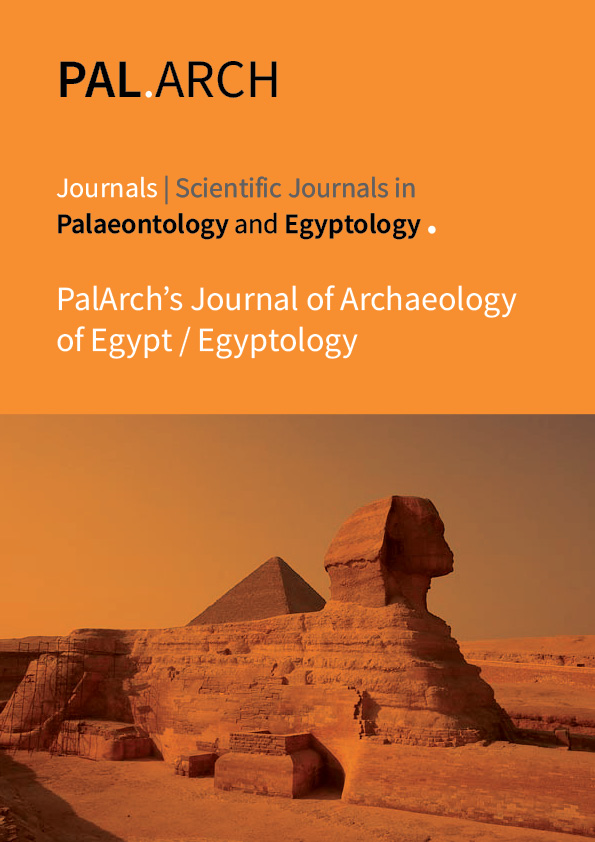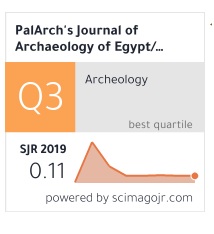Land Change Detection of Delhi Area, India: A GIS Approach
Abstract
In this study, the metropolitan area of Delhi considered utilizing Landsat images from 1991 and 2011 in order to recognize changes to land cover. The changes in temporal land cover have an effect on the climate and its urban landscape. A change detection analyses the nature, extent of urban sprawl due to changes in land cover, land use/land cover (LULC) and twenty years of overtime change detection. This work explores the significant growth of the city at the expense of unbuilt land in its region. In the study area, there was a substantial land exchange between numerous LULC groups, not just because of the development of the city area. The accuracy assessment of the supervised classification showed good accuracy for 1991 and 2011 respectively, which was 96.31 and 97.35 percent. The twenty-year growth rate in the Delhi area was 11%. The study showed a dramatic shift in urban areas and agricultural land in Delhi and it contributed to 54116.2 hectares declining to 37243.17 hectares in 1991 and 2011 respectively.



